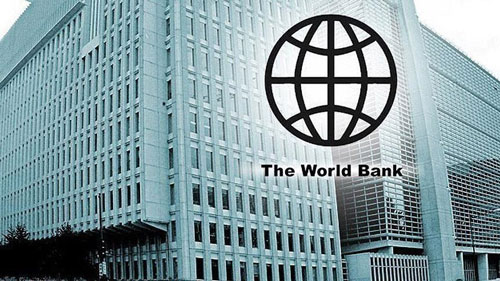The Project Director Sindh Flood Emergency Rehabilitation (SFERP) Ghulam Asghar Kanasro informed the new visiting team leader of World Bank Yohannes Kesete that all satellite stations on M-9 ,N-5, N-55 and Mehran highway have been completed and are ready to be handed over to the concerned department for operations.
These satellite stations would provide assistance to the general public during emergencies like road accidents, health issues and fire incidents on highways as well as to the nearby communities. During the briefing to world Bank team, the Project Director informed that four DHQs at Tharparker, Badin, Sujawal and Thattha have been completed and are in the process of handing over to the Rehabilitation Department. The remaining nine DHQs would be completed by the mid of next year. Furthermore, trauma centers have been refurbished in govt hospitals to deal with emergencies in ten districts of Sindh.
The meeting was informed that almost 85 percent work on the road infrastructure is complete and one hundred out of a total of 144 roads have been completed with a mil-age of 597 out of a total of 836 kilometers. Another twenty roads would be added in December this year for public usage. The remaining roads would be complete by February next year concluding this component ahead of time.
The World Bank team was informed that work on water supply and drainage schemes was going on in full swing and the work on these schemes is expected to be completed six months ahead of time as few of such water supply schemes have already been handed over to Public Health Engineering Department, providing clean drinking water to local communities, which was disrupted to a large extent due to floods in these areas.
The meeting was attended by Aslam Leghari and other officials of SFERP while the Bank was represented by Bilal Khalid, Shahid Sohail, Shoaib Siddiqui and Shams Jafrani as well as other officials.Later during the day Yohannes attended a briefing in irrigation component office to review the progress of the ongoing activities under the Project where he was informed by Project Director Javed Memon that number of gates at Aral Wah has been increased to 12 from 3 reducing the possibility of floods by almost 80 percent. Moreover the design of embankment on Manchhar Lake has been changed throughout its stretch of 30 kilometers to enhance the resilience against floods.
The embankment has also been widened to thirty feet from the previous twenty feet with some other geometrical changes to “Build Back Better”. So far ,70 small dams have been built in interior Sindh to conserve surplus water specially in Thar during the rainy season for human consumption as well for the livestock, the meeting was informed.
The water conservation has helped in raising water table which in turn has caused reduction in migration from water scarce areas to other areas with more water. The water availability in these areas has also helped in changing livelihood of people of the area. Moreover 11 flood detention weirs have been constructed for controlling urban flooding in parts of Karachi City as well as to recharge the sub surface aquafers. Memon highlighted that the tube-wells installed near the dams are being operated by solar energy to ensure water supply by these small dams throughout the year. This water conservation has helped in enhancing the onion and sesame seed crops which has helped the country earn foreign exchange through exports. The SFERP is a testament to the commitment of Sindh Government and World Bank to restoring normalcy and enhancing resilience against future climatic challenges. By rehabilitating critical infrastructure and public services, the project continues to foster socio-economic recovery in flood-affected areas.The meeting was attended by Zahid Shaikh and other officials of SFERP from irrigation while the Bank was represented by Bilal Khalid in addition to the other officials.










